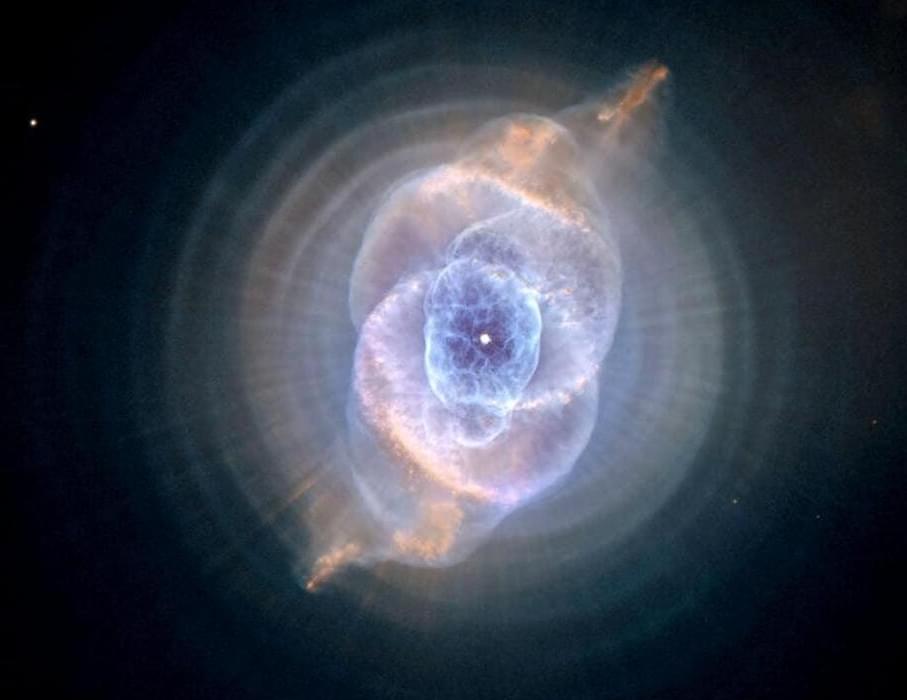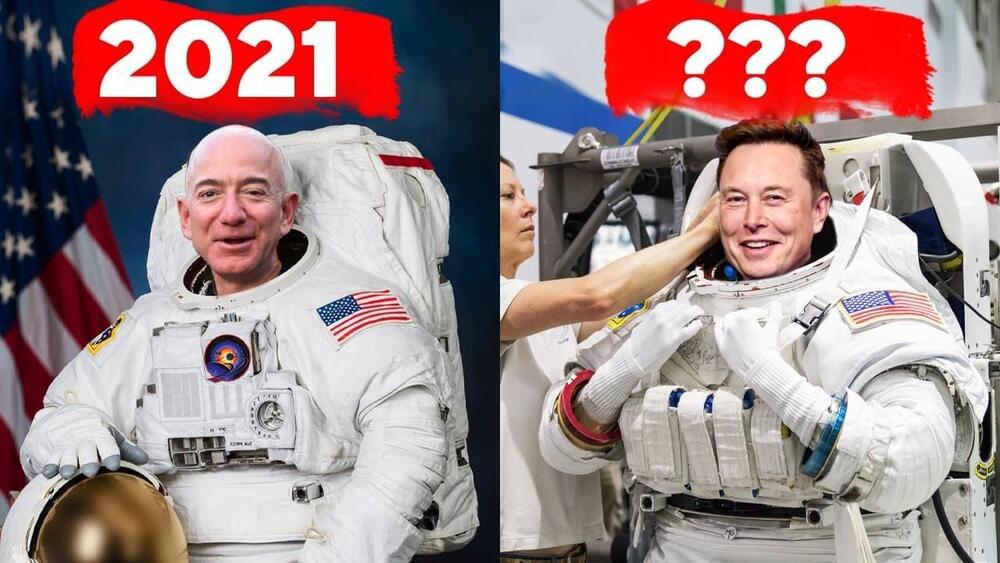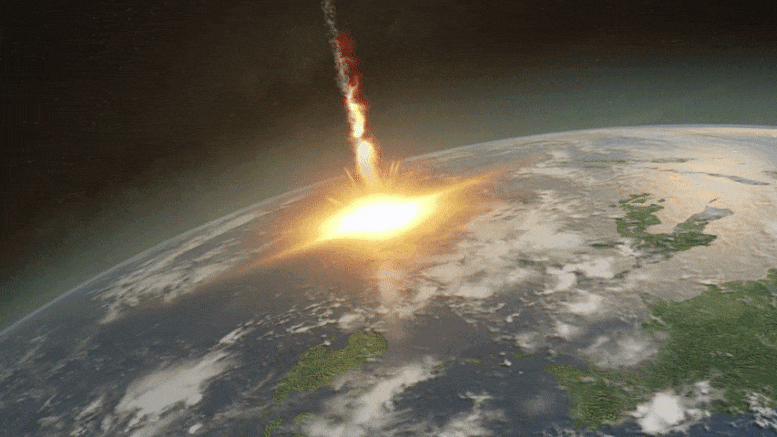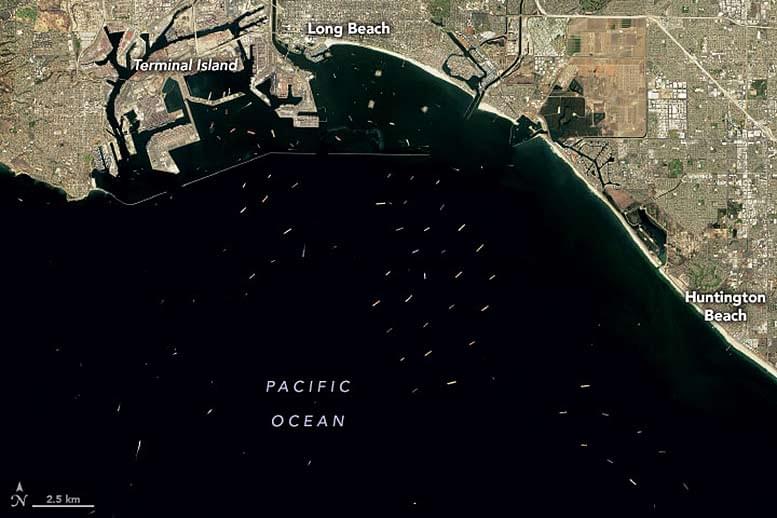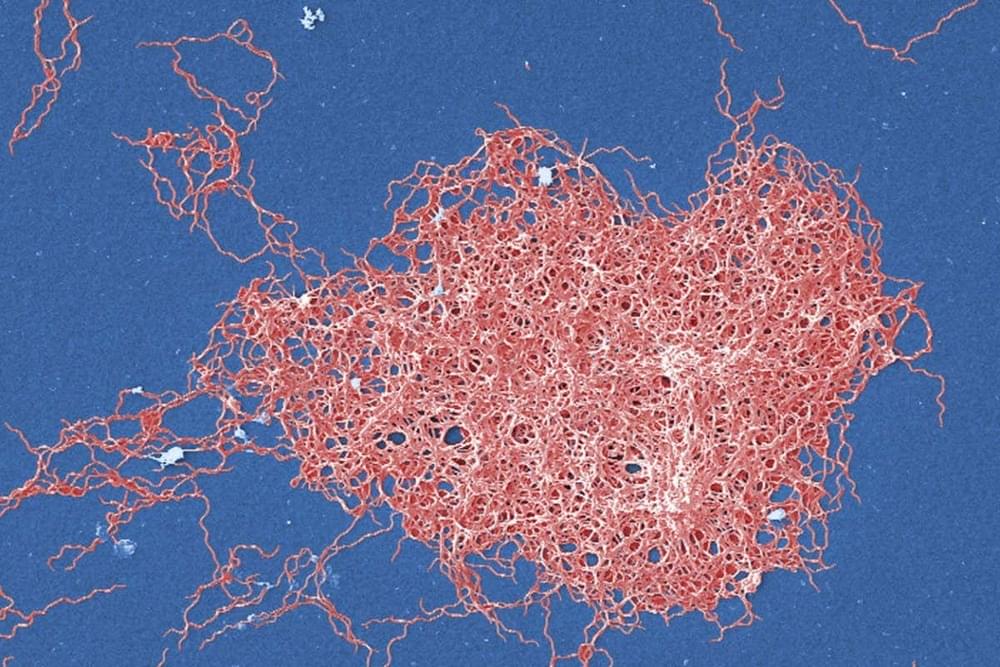As many as 130 different ransomware families have been found to be active in 2020 and the first half of 2,021 with Israel, South Korea, Vietnam, China, Singapore, India, Kazakhstan, Philippines, Iran, and the U.K. emerging as the most affected territories, a comprehensive analysis of 80 million ransomware-related samples has revealed.
Google’s cybersecurity arm VirusTotal attributed a significant chunk of the activity to the GandCrab ransomware-as-a-service (RaaS) group (78.5%), followed by Babuk (7.61%), Cerber (3.11%), Matsnu (2.63%), Wannacry (2.41%), Congur (1.52%), Locky (1.29%), Teslacrypt (1.12%), Rkor (1.11%), and Reveon (0.70%).

